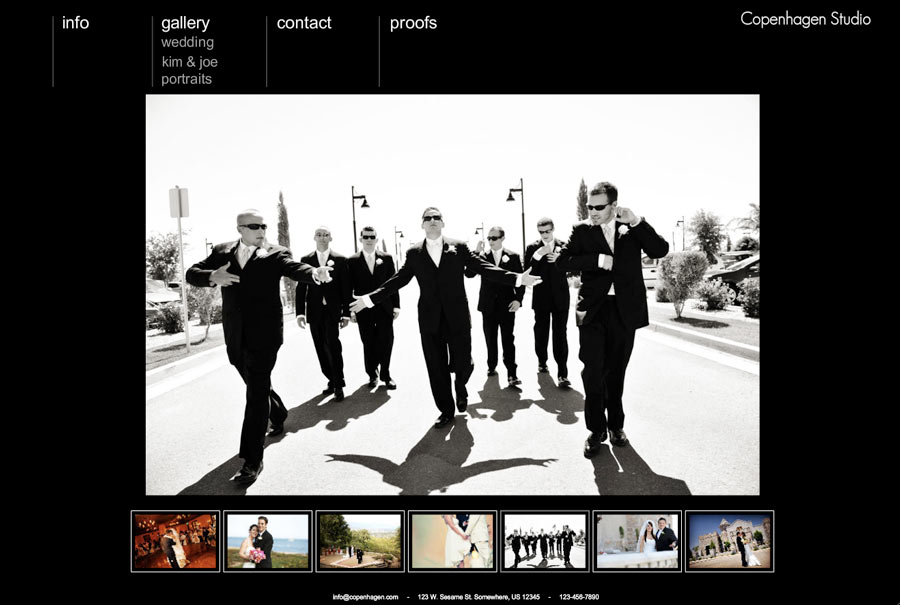Finding the Right Hosting Environment for Your Photographs
Professionals who work in creative media, such as photography, architecture, or film, have followed the path of most 21st-century businesses: They depend on the Web to drive sales and cull new opportunities.
Unlike other businesses, creative professionals are especially dependent on the quality of the images shown to potential customers, all while creating a web presence that is fast and easy to use. A film maker, for example, does himself no favors if his sample videos hang and need to reboot every few seconds. A wedding photographer will sell fewer photos if her site doesn’t allow the user to quickly scan through the selection. It is vital for creative professionals to find the right cloud host.
According to Eelco van Beek, CEO of Jitscale, an IT management organization that works with creative professionals, photographers, artists and other creative types should consider the following issues when looking for a hosting environment:
*Backups: does the provider guarantee backups of your data?
*Bandwidth pricing: most providers charge for the bandwidth that is used to share your artwork. This could become expensive if your artwork is popular on the Internet.
*Quality and Terms of Service: what guarantees does the provider offer in terms of availability?
*Intellectual Property: do you still own the data you upload to the provider?
*Shared or dedicated hosting environment: shared hosting can be inexpensive but usually has less performance and reliability than dedicated hosting.
*Latency: is the network connectivity of your provider close enough to your client base? For example if most of your clients are in Europe, you want to consider using a hosting environment which is located in Europe.
*Security: how well does the provider secure the environment you use?
A cloud storage solution with a Content Delivery Network is also an important consideration, added Carson Ward, a consultant with search marketing site Distilled.
“When your content is image-heavy, traditional hosting is just too slow and unreliable,” Ward said. “If your images blow up in Europe, that small hosting server all the way in Ohio won’t cut it. CDNs ensure that your images load fast, no matter where in the world your fans are.”
Speed matters, especially with high-resolution images, but it’s only part of the equation. “Traditional site hosting just won’t handle a surge in traffic, and your site will go down under heavy traffic — right when people are trying to view it. CDNs will automatically adjust bandwidth, continuing to serve images quickly even when your content goes viral,” Ward said.
To best store media files in the cloud so they upload quickly, van Beek pointed out a trade off between quality and speed. “To get the best quality online you will need to use larger media files and thus it will take longer to upload. Getting a high-speed connection to the internet will make it much quicker but will be more expensive,” he said. For customers who are downloading the data, it’s important to separate static media files (pictures and/or video) from the dynamic content (text articles) on your site. Full size pictures should only be offered as a separate download and initially shown as thumbnails or lower quality versions.
In the end, the storage media you choose will depend on what the most important deliverable to your potential customers will be.




Leave a Comment